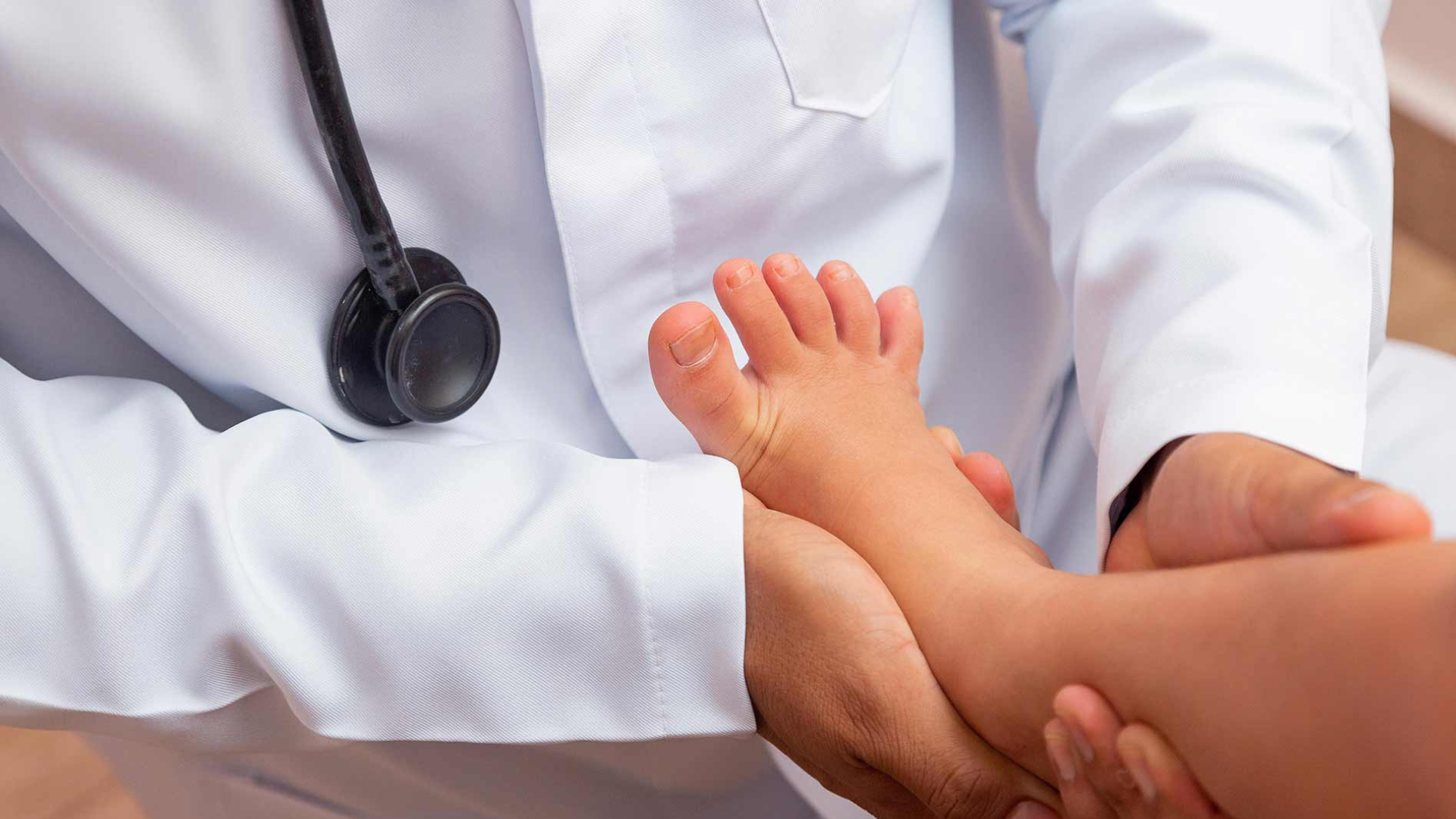Understanding Common Pediatric Orthopedic Conditions: Causes, Symptoms, and Treatment
Pediatric orthopedic conditions encompass a wide array of musculoskeletal issues that affect children, ranging from congenital abnormalities to injuries and growth-related concerns. Understanding these conditions is crucial for parents and caregivers to recognize symptoms early, seek timely intervention, and provide appropriate care. In this comprehensive guide, we delve into some common pediatric orthopedic conditions, their causes, symptoms, and treatment options. Dr. Rajeev Nirawane, renowned as one of the best pediatric orthopedic doctors in Pune, serves areas like Wakad, Pimpri Chinchwad, and beyond. With a wealth of experience and expertise in pediatric orthopedics, Dr. Nirawane is dedicated to providing compassionate care and comprehensive treatment to children with orthopedic conditions, ensuring their optimal growth and development.
- Developmental Dysplasia of the Hip (DDH): Developmental Dysplasia of the Hip (DDH) is a condition where the hip joint fails to develop properly. It can stem from various factors, including genetic predisposition, breech presentation during birth, or intrauterine positioning. Symptoms may not always be obvious, but signs such as asymmetrical thigh folds, limited hip abduction, or clicking sounds during movement in infants could indicate DDH. Timely detection is crucial, as early treatment with methods like the Pavlik harness or abduction braces can often prevent the need for surgical intervention. However, severe cases may require closed or open reduction surgeries to realign the hip joint.
- Clubfoot: Clubfoot is a congenital deformity characterized by inward and downward twisting of the foot. While the exact cause is often unknown (idiopathic), genetic or environmental factors may contribute. The primary symptom is the abnormal positioning of the foot, making it difficult to place the sole flat on the ground. Treatment typically involves the Ponseti method, which consists of serial casting followed by bracing to gradually correct the foot position. In severe cases, surgical correction may be necessary to achieve optimal alignment and function.
- Scoliosis: Scoliosis is a lateral curvature of the spine, often detected during adolescence. While most cases are idiopathic, genetic factors are believed to play a significant role. Other causes include neuromuscular conditions or congenital spinal abnormalities. Symptoms may include uneven shoulders, a prominent shoulder blade, or an asymmetrical waistline. Treatment varies based on the severity and progression of the spinal curve, ranging from observation to bracing or surgical correction to prevent further curvature and maintain spinal alignment.
- Osgood-Schlatter Disease: Osgood-Schlatter Disease is a common cause of knee pain in adolescents, particularly during periods of rapid growth. It occurs when the quadriceps muscle pulls excessively on the patellar tendon, leading to inflammation and pain below the knee. Symptoms typically include pain and swelling that worsen with physical activity. Treatment involves a combination of rest, ice, nonsteroidal anti-inflammatory drugs (NSAIDs), and physical therapy to alleviate symptoms and strengthen the quadriceps and hamstrings. In most cases, symptoms improve with time and proper management.
- Juvenile Idiopathic Arthritis (JIA): Juvenile Idiopathic Arthritis (JIA) is an autoimmune condition characterized by chronic inflammation of the joints. The exact cause is unknown, but it is believed to involve a combination of genetic and environmental factors. Symptoms include joint pain, swelling, stiffness, and decreased range of motion, which can significantly impact a child’s quality of life. Treatment aims to control inflammation, relieve pain, and preserve joint function through a combination of medications, physical therapy, and in some cases, surgical intervention to correct joint damage and deformities
Summary:
Pediatric orthopedic conditions require a multidisciplinary approach for effective management, involving collaboration between pediatricians, orthopedic surgeons, physical therapists, and other healthcare professionals. By understanding the causes, symptoms, and treatment options for common pediatric orthopedic conditions, parents and caregivers can play a proactive role in advocating for their children’s health and well-being. Early intervention and comprehensive care are essential for optimizing outcomes and ensuring that children can thrive despite these challenges. Dr. Rajeev Nirawane, recognized as one of the best pediatric orthopedic doctors in Pune, serves areas like Wakad, Pimpri Chinchwad, and beyond. With a commitment to excellence and a patient-centered approach, Dr. Nirawane collaborates closely with families to provide personalized care tailored to each child’s unique needs, thereby fostering optimal growth, development, and overall well-being.


